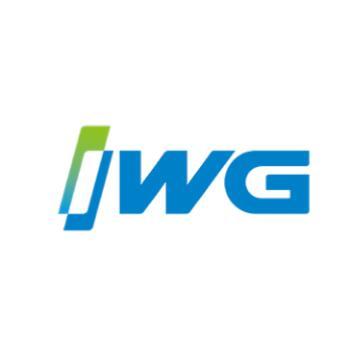First, the solid hot melt adhesive must be heated to flow before application. Because the polymer used may decompose when heated continuously, the heating time and temperature must be controlled. On the one hand, the viscosity of the polymer hot melt increases with the increase of the molecular weight and the amount thereof, resulting in difficulties in coating; on the other hand, in order to generate high adhesive strength and toughness, it is necessary to use higher molecular weights and higher amounts. Polymers, this is the universal contradiction problem of hot melt adhesives. Therefore, it is necessary to seek a certain trade-off balance between molecular weight, concentration and temperature in order to obtain operational stability, construction applicability and bonding strength. Accurate control of the adhesive layer is also difficult, especially in the low adhesive layer thickness range.
Second, solid-state hot melt adhesives usually do not wrinkle the paper and do not disturb the size of the fabric. They have no risk of freezing, they also eliminate the danger of using flammable and toxic organic solvents and do not require drying equipment. The effective storage period of hot melt adhesives is usually not a problem. Because they do not require the removal of volatile solvents or water, they can be applied to one or more impermeable surfaces. However, the adhered surface or parts need to be preheated to achieve proper wetting and bonding.
Third, solid hot melt adhesives have some advantages. For example, solid state hot melt adhesives not only have a low initial cost, but are also less efficient than the cost of shipping solvent-based or water-based adhesives because each piece of material shipped is used to form a film in the final adhesive joint. Similarly, hot melt adhesives cost less to package per unit effective product.








